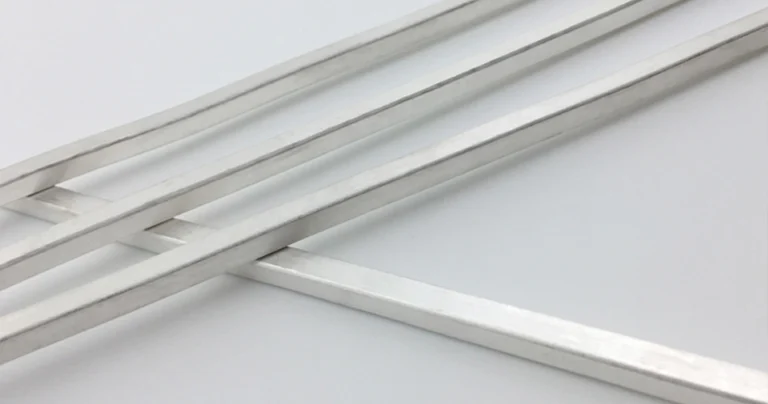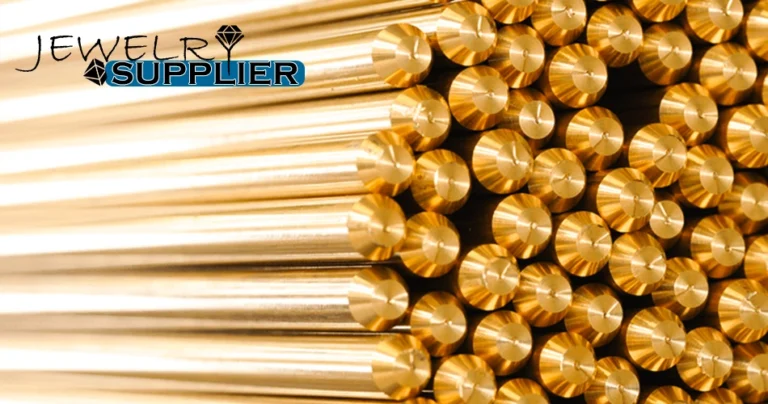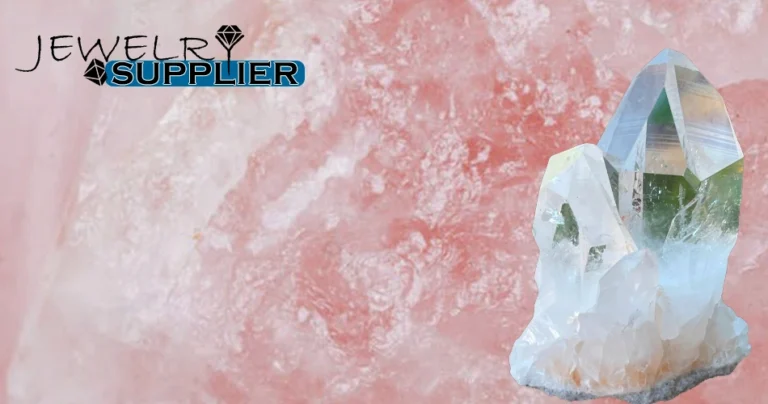Zircon
Zircon is a fascinating mineral that belongs to the tetragonal crystal system, characterized by its unique island-like silicate structure. Its chemical composition primarily consists of zirconium (Zr) and silicon (Si), but it can also contain trace amounts of other elements such as hafnium (Hf), uranium (U), and thorium (Th).
With its widespread distribution and a stunning array of colors, Zircon is not just a geological wonder; it also boasts exceptional physical properties. One of the most captivating aspects of Zircon is its ability to undergo heat treatment, which can transform its color and enhance its transparency while optimizing its crystal structure. In contrast, the irradiation treatment of Zircon involves exposing the mineral to radiation sources like X-rays, gamma rays, or high-energy electrons. This process can revert the vibrant hues obtained through heat treatment, sometimes resulting in even deeper shades.
When it comes to value, several factors influence the worth of Zircon, including color, clarity, and rarity. In the realm of jewelry, Zircon holds a significant position due to its rich colors, high refractive index, and impressive brilliance and fire. Among various shades, blue zircon has captured the hearts of many people and is one of the popular zircon jewelry products from jewelry suppliers.
Whether it’s set in a timeless ring or a statement necklace, Zircon continues to shine as a fashionable and versatile gem, blending natural beauty with exquisite craftsmanship.
The Structure of Zircon
Zircon features a tetragonal crystal system, with a crystal structure characterized by tetrahedral geometry, making it a unique silicate mineral with an island-like structure. Its chemical composition is primarily zirconium silicate, and the crystals typically appear as short columns, which can manifest in various forms, including tetragonal prisms, tetragonal bipyramids, or combinations of tetragonal bipyramids.
In the structure of Zircon, zirconium (Zr) and silicon (Si) atoms are alternately arranged along the c-axis, forming a body-centered tetragonal unit cell. This crystal structure can be visualized as a network composed of (SiO₄) tetrahedra linked with (ZrO₈) dodecahedra. The (ZrO₈) dodecahedra connect closely in a shared-edge manner along the b-axis, creating a robust framework that contributes to the unique properties and stability of Zircon.
This intricate arrangement not only enhances the aesthetic appeal of Zircon as a gemstone but also underpins its exceptional durability and brilliance, making it a sought-after choice in the jewelry industry.Zircon has a relatively low cost and sufficient supply, making it suitable for large-scale production and jewelry custom.
Changes of zircon after heat treatment
Heat treatment can cause significant changes in zircon, including color changes, clarity enhancement, and crystal structure optimization. This common gem enhancement technique enhances the aesthetic appeal and commercial value of zircon.
1. Color Modification: The heat treatment process effectively removes the color centers in zircon that are typically formed by radioactive decay. This produces a range of shades, from reddish-brown to tawny. Additionally, treating reddish-brown zircon under high-temperature reducing conditions can transform it into a light blue to bluish hue. When heated to 900°C in an oxidizing environment, Zircon can produce colorless and golden-yellow variants; some samples may even exhibit a red hue.
2. Enhanced Transparency: Medium-low temperature heat treatment (between 150°C and 350°C) can reduce the concentration of certain dark reddish-brown, reddish-brown and brown tones while increasing the transparency of zircon. However, the color obtained through this treatment is generally less stable; prolonged exposure or strong light may cause the zircon to partially or completely return to its original color.
3. High temperature recovery: Under ultra-high temperature heat treatment (between 1000°C and 1450°C), zircon can transition from a disordered state back to a more ordered crystalline state. This process is usually accompanied by changes in unit cell parameters, clarification of absorption spectra, and increases in density, refractive index, and birefringence.
4. Cat’s Eye Effect: Heat treatment may also cause zircon to form a cat’s eye effect. During the heating and cooling process, stresses build up around inclusions such as apatite, creating tiny cracks that create the distinctive cat-eye appearance.
5. Surface Fragility: Due to heat treatment, the surface or edges of Zircon are prone to cracking and denting. This is because the process can cause the unit cell to expand, weakening the forces between particles while strengthening ionic bonds, thereby increasing the brittleness of zircon.
Through these transformations, heat-treated Zircon not only becomes more visually striking, but also exhibits enhanced durability and brightness.
Irradiation Treatment of Zircon
Irradiation treatment is a technique that can dramatically alter the color of Zircon, providing an effect that contrasts with traditional heat treatment. This process involves exposing Zircon to radiation sources such as X-rays, gamma rays, or high-energy electrons.
Through irradiation, high-grade Zircon that has undergone heat treatment can revert to its original colors or even take on deeper shades. For example, naturally occurring colorless Zircon can transform into rich hues like deep red, reddish-brown, or purple-orange when subjected to X-ray irradiation. Similarly, blue Zircon may shift to brown or reddish-brown under X-ray exposure.
One of the key advantages of this irradiation method is that the resulting color changes are reversible. Under extreme high-temperature and high-pressure conditions, the Zircon can revert to its original coloration. This unique characteristic allows jewelers to manipulate the visual appeal of Zircon, making it a versatile option in the world of fashion jewelry.
Distribution of Zircon
Zircon is a mineral found all over the world, with several major producing regions known for their high-quality specimens.
1. Brazil: The coastal region of Bahia is known for its top-quality zircon gemstones, making Brazil a great source of this striking mineral.
2. South Africa: South Africa has extensive zircon deposits, with its coastal regions contributing significantly to global zircon production with their rich mineral resources.
3. United States: Florida and Georgia are known for their zircon deposits, which often co-occur with other minerals such as ilmenite and rutile, making these states important players in the zircon market.
4. China: Zircon is widely distributed in China, with it being found in Fujian, Hainan, Xinjiang, Liaoning, and Heilongjiang. Zircon sand concentrates from Wenchang, Hainan are highly regarded for their quality.
5. Sri Lanka: Sri Lanka is renowned for its stunning blue-green zircon gemstones, with zircon found in its gem gravels, further enhancing the country’s reputation as a gem center.
6. Vietnam and Thailand: The border region between Vietnam and Thailand is one of the world’s major zircon producing areas, and is the only place suitable for heat-treated zircon to produce beautiful blue, golden yellow, and colorless varieties.
Data sheet of commonly used raw materials for jewelry
Factors Affecting the Value of Zircon
The value of Zircon, whether as a piece of jewelry or a collectible gem, is influenced by several key factors, including color, clarity, carat weight, rarity, and origin.
1. Color: Zircon comes in a wide range of colors, with blue, vivid red, and green Zircon commanding higher collectible value in the market.
2. Clarity: Generally, Zircon is free from inclusions; however, the presence of visible inclusions can significantly detract from its value.
3. Cut: The cut of a Zircon plays a crucial role in its overall aesthetics. A well-executed cut enhances the gem’s brilliance and fire, making it more desirable.
4. Carat Weight: The size and weight of Zircon also impact its value. Larger, high-quality Zircon specimens are relatively rare and therefore carry a higher price tag.
5. Rarity: Certain rare colors or Zircon with unique optical effects, such as cat’s eye Zircon, can have elevated collectible value.
6. Economic Value: Due to its rarity and unique characteristics, high-quality Zircon can be quite expensive, especially those with pure colors and high clarity, often seen as investment-grade gems.
7. Origin: The origin of Zircon can also affect its value. Zircon from specific locations may be more sought after due to their unique qualities.
Understanding these factors can help you appreciate the true value of Zircon, whether you’re a collector or simply looking to invest in stunning gemstones.
Zircon in Jewelry Applications
Zircon holds a significant place in the jewelry industry as a gemstone, celebrated for its rich array of colors, high refractive index, and remarkable brilliance. The color spectrum of Zircon ranges from earthy tones and cinnamon shades to sherry, yellow, orange, red, and blue, with blue Zircon being particularly popular among consumers. Some dealers report that blue Zircon accounts for at least 80% of Zircon sales, reflecting its high demand.
The physical properties of Zircon, such as its durability and high luster, make it exceptionally suitable for fine jewelry. Jewelry made from Zircon is often meticulously cut and polished to showcase its optimal brilliance and fire. In terms of care, although Zircon boasts a high hardness rating, it can still be prone to chipping, so it’s essential to avoid friction with other gemstones to prevent wear on its facets.
The variety of Zircon jewelry is vast, including earrings, rings, studs, bracelets, bangles, and necklaces. Not only are these pieces fashionable, but they also carry unique meanings and symbolism. For instance, in ancient Greece, blue Zircon was revered as a symbol of success and prosperity, while other colors of Zircon are similarly imbued with various positive and uplifting connotations.
Whether you’re looking to add a pop of color to your collection or seeking a meaningful gift, Zircon offers a stunning and symbolic choice in the world of jewelry.







